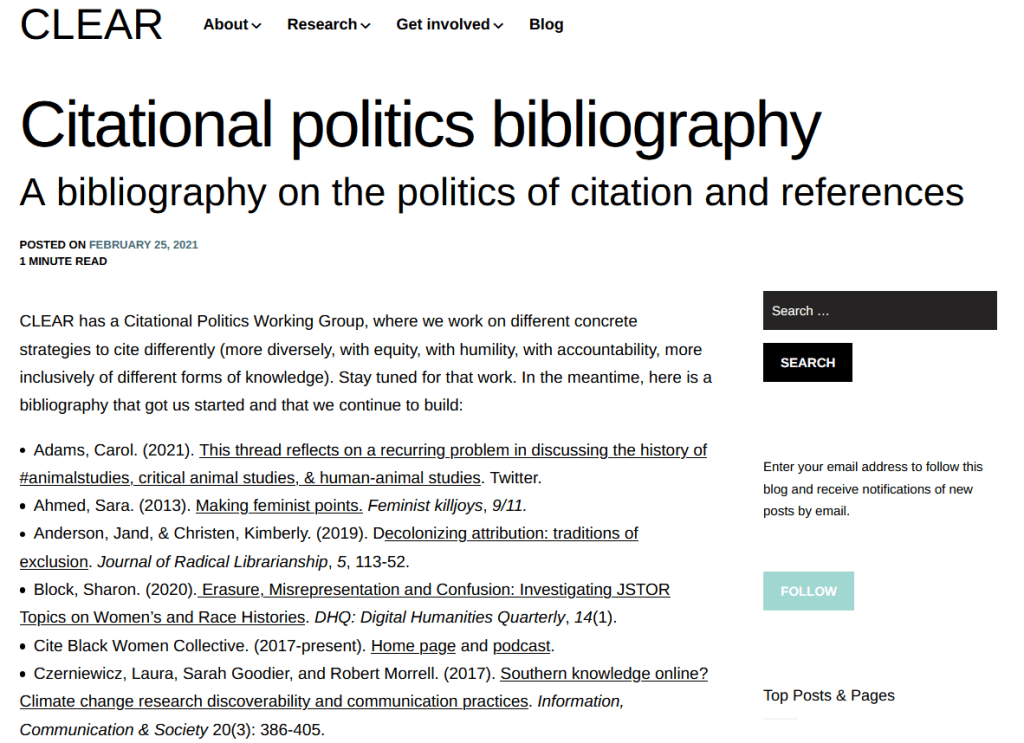Last week I had a week that was more taxing than normal and I had nothing in the tank by Friday. So I’m putting together last week’s weeknotes today. Also, going forward each section heading has been anchor tagged for your link sharing needs. e.g. §1 §2 §3 §4 §5 and §6.
I say this recognizing that the weeknote format resists social sharing which I consider a feature not a bug.
§1 We Are Here
From Library and Archives Canada:

Over the past three years, We Are Here: Sharing Stories has digitized and described over 590,000 images of archival and published materials related to First Nations, Inuit and the Métis Nation.
Digitized and described content includes textual documents, photographs, artworks and maps as well as numerous language publications. All items are searchable and linked in our Collection Search or Aurora databases.
In order to make it easier to locate recently digitized Indigenous heritage content at LAC, we have created a searchable list of the collections and introduced a Google map feature – allowing users to browse archival materials by geographic region!
Visit the We Are Here: Sharing Stories page to pick your destination and start your research!
Those who know me, know that I’ve been advocating for more means of discovery via maps and location for a while now. While my own mapping has slowed down, I still bookmarked Georeferencing in QGIS 2.0 from The Programming Historian today.
If used appropriately, maps hold a great deal of potential as a means to discover works related to indigenous peoples. Some forms of Indigenous Knowledge Organization such as the X̱wi7x̱wa Classification Scheme emphasize geographic grouping over alphabetical grouping.
§2 Bookfeedme, Seymour! *
Not every author has a newsletter that you can subscribe to in order to be informed when they have a new book out.
You would think it would be easier to be notified otherwise, but with the mothballing of Amazon Alerts, the only other way I know to be notified is through Bookfeed.io which uses the Google Books API at its core.
If don’t have a familiarity with RSS, see About Feeds for more help.
§3 Best article title in librarianship for 2021

§4 This is the time and this is the record of the time ***
ScholComm librarians ask: Do we want a Version of Record or Record of Versions?

§5 The 5000 Fingers of Dr. T ****

A Hand With Many Fingers is a first-person investigative thriller. While searching through a dusty CIA archive you uncover a real Cold War conspiracy. Every document you find has new leads to research. But the archive might not be as empty as you think…
– Slowly unravel a thrilling historical conspiracy
– Discover new clues through careful archival research
– Assemble your theories using corkboard and twine
– Experience a story of creeping paranoia
**** musical reference / movie reference
Hat tip: Errant Signal’s Bad Bosses, Beautiful Vistas, and Baffling Mysteries: Blips Episode 8
§6 Citational politics bibliography

I’m not entirely sure how this bibliography on the politics of citation and references crossed my twitter stream, but I immediately bookmarked it. The bibliography is from a working group of CLEAR from Memorial University:
Civic Laboratory for Environmental Action Research (CLEAR) is an interdisciplinary natural and social science lab space dedicated to good land relations directed by Dr. Max Liboiron at Memorial University, Canada. Equal parts research space, methods incubator, and social collective, CLEAR’s ways of doing things, from environmental monitoring of plastic pollution to how we run lab meetings, are based on values of humility, accountability, and anti-colonial research relations. We specialize in community-based and citizen science monitoring of plastic pollution, particularly in wild food webs, and the creation and use of anti-colonial research methodologies.
About CLEAR
To change science and research from its colonial, macho, and elitist norms, CLEAR works at the level of protocol. Rather than lead with good intentions, we work to ensure that every step of research and every moment of laboratory life exemplifies our values and commitments. To see more of how we do this, see the CLEAR Lab Book, our methodologies, and media coverage of the lab.
I have no musical reference for this.
